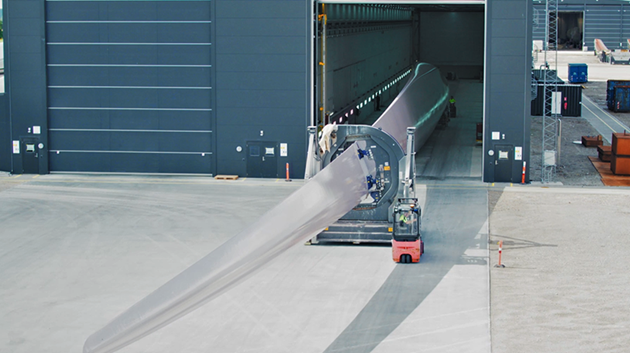
COP26: what’s at stake for the African continent?
Madrid / December 2021
Africa is living in a climate emergency as shown by the daily headlines and stories about climate change causing floods, heat waves, and droughts. These phenomena might further hit Africa if developing countries fail to deliver more aggressive climate plans, as the hammer was gaveled on during the recent CO26. This event constitutes an ideal opportunity for advocating climate adaptation for Africa to secure the future of 1.4 billion people while ensuring that developed countries deliver on their promised $ 100 billion annual climate finance to address climate change in developing countries. The 25 African leaders attending COP26 even called for a mega-financing deal that would channel $700bn every year from 2025 to help developing nations adapt to the climate crisis.
Africa is living in a climate emergency as shown by the daily headlines and stories about climate change causing floods, heat waves, and droughts. These phenomena might further hit Africa if developing countries fail to deliver more aggressive climate plans, as the hammer was gaveled on during the recent CO26. This event constitutes an ideal opportunity for advocating climate adaptation for Africa to secure the future of 1.4 billion people while ensuring that developed countries deliver on their promised $ 100 billion annual climate finance to address climate change in developing countries. The 25 African leaders attending COP26 even called for a mega-financing deal that would channel $700bn every year from 2025 to help developing nations adapt to the climate crisis.
Coal-fired power, fossil fuel, and low investment on climate adaptation cause our planet to warm faster and could send temperatures above the 1.5-degree Celsius preindustrial levels by the 2030’s, which will result in devastating impacts, particularly in Africa. While the continent is only contributing to 2.8% of greenhouse gas emissions, 5 Sub-Saharian countries are listed at the top 10 most vulnerable countries according to the 2021 Climate Vulnerability Index. In this regard, adaptation to climate change must remain a top priority given Africa’s limited capacity to cope with climate impact and the limited access to climate finance by African countries.
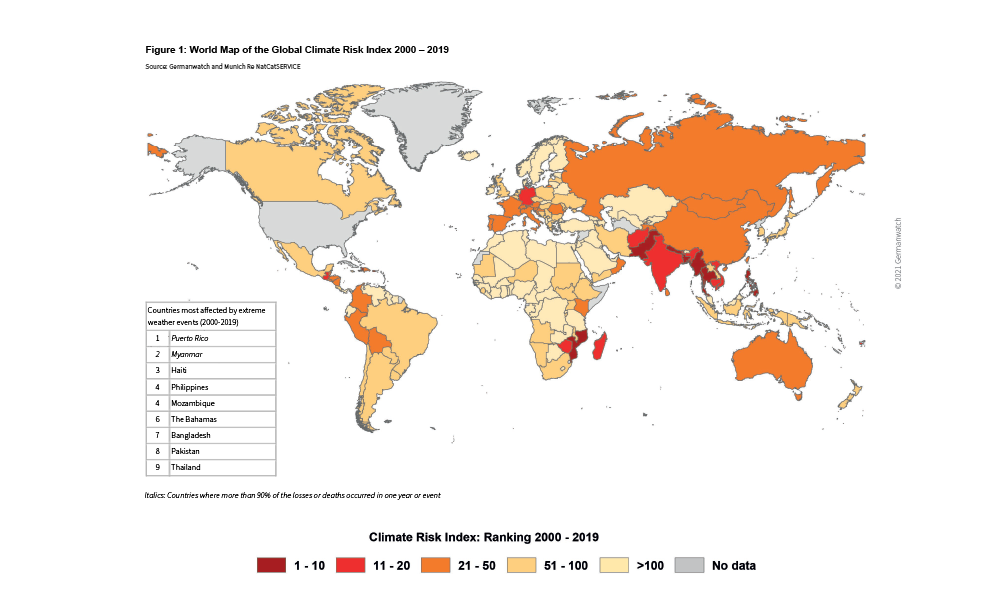
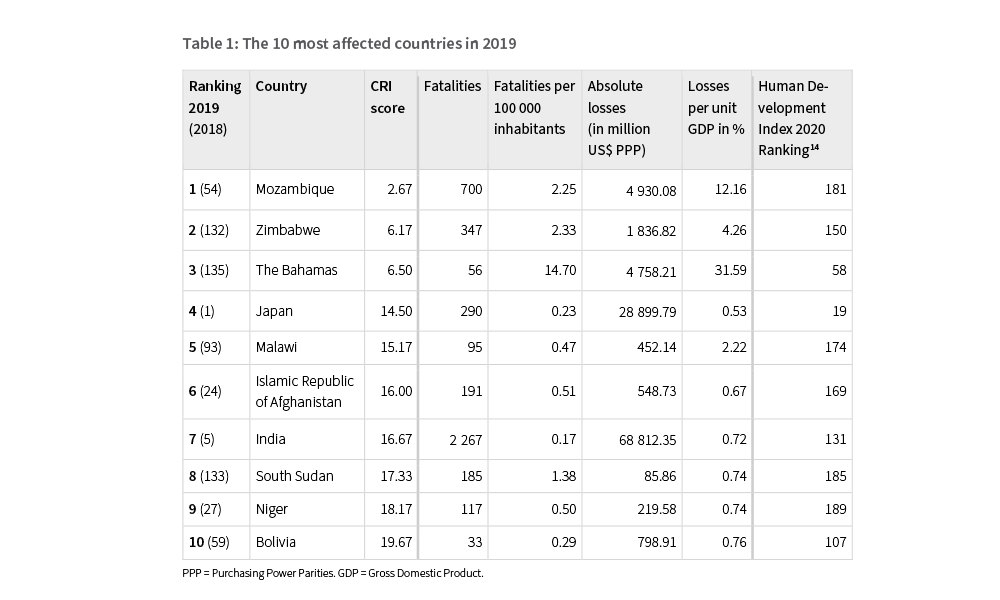
The recent Emission Gap Report published by the United Nations Environment Program calls for a green recovery, implying a change of priorities in investments. This shift tends to explore trajectories that lower emissions at the same time as unlocking socio-economic priorities for African countries. It stipulates that an investment of $ 800 million on climate adaptation and nature-based solutions would benefit African regions from $ 3 billion to $ 16 billion annually.
One concrete example would be Green Wall initiative in partnership with the African Development Bank that aims to grow 8000 km ecosystem services from Senegal to Djibouti. Up to 100 million restored hectares in the Sahel region forecast to cut emissions by 25%, creating up to 10 million jobs (Source: UNEP). This is a pocket of good news for Siemens Gamesa and its efforts to fight climate change by leading the green energy revolution in the Horn of Africa, which counts two projects in the region: The 100 MW Assela wind farm in Ethiopia and the 59 Ghoubet wind farm in Djibouti, both aiming to help power the two countries with renewable energy-based electricity, the latter completed in November and set to double the country’s electricity production.
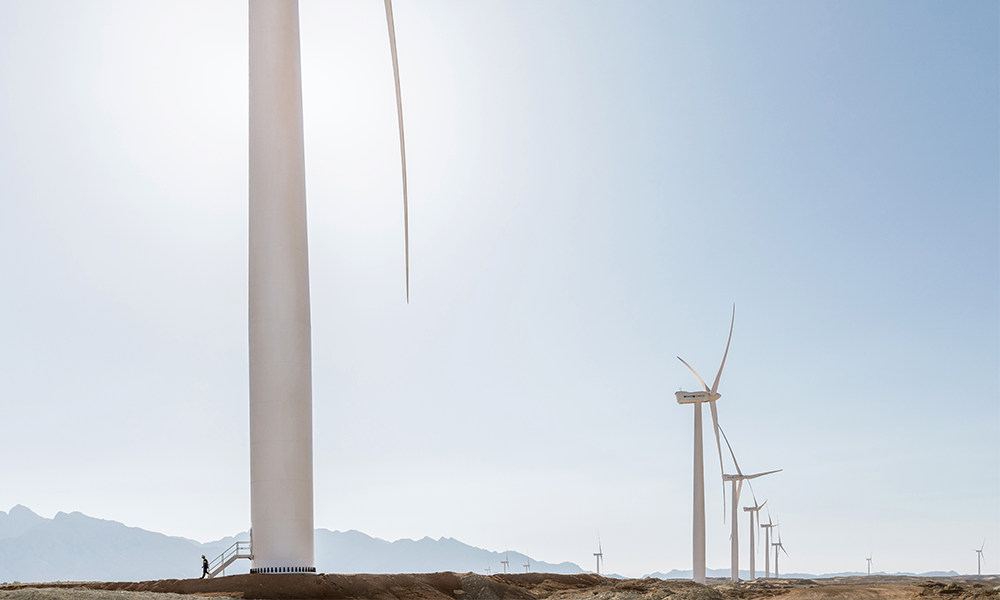
Undoubtedly aware of the risk of coal addiction, South Africa made headlines during COP26 with a major arrangement towards the country’s decarbonization and recovery. As the world’s 7th largest coal producer, South Africa uses 80% of domestic energy out of coal and exports 30% of that energy. With around 80 000 jobs relying on coal, South Africa has no other choice than switch to renewables in order to create new jobs for coal miners and spare the country from a severe unemployment crisis. During COP26, USA, UK, France, Germany, and the European Union agreed to grant South Africa $ 8.5 billion to help the country be less dependent on coal and fast track to renewables without impacting the local economy. Such promising deal towards a greener future aligns with the country’s ambition to lead green energy capacity through Africa. In fact, South Africa’s Renewable Energy Independent Power Producer Procurement Program (REIPPP) aims to deliver 14,4 GW of wind power in the next decade with an average of 1.6 GW per year. One way for South Africa to achieve this ambitious objective is by bracing a sustainable Green Hydrogen Economy (GHE) in line with COP26 goals in a post normal world. With a Covid-related unemployment rate raise f 32.5%, there is growing evidence that renewables, including hydrogen, solar, and wind, can significantly boost the South African economy forecasting the creation of 1.6 million jobs by 2050.
The country already holds an installed base of more than 3.3 GW, of which 35% market share are owed by Siemens Gamesa, now much looking forward to partner with the preferred suppliers that have been awarded out of the 1,6 GW bid 5 window. Several countries have praised Morocco's efforts towards a greener future during COP26, referring to the Kingdom as a credible regional leader and an aspiring global actor in fighting climate change. The Climate Change Performance Index has confirmed Morocco’s leading role in the 2022 report, as it was ranked 8th worldwide, preceded by UK and Sweden, but ahead of Germany and Finland. During COP26 landmark event, Morocco has pledged to channel 52% of its energy consumption from renewables by 2030, using 20% using solar energy, 20 % wind energy, and 12% hydro.
The country already holds an installed base of more than 3.3 GW, of which 35% market share are owed by Siemens Gamesa, now much looking forward to partner with the preferred suppliers that have been awarded out of the 1,6 GW bid 5 window. Several countries have praised Morocco's efforts towards a greener future during COP26, referring to the Kingdom as a credible regional leader and an aspiring global actor in fighting climate change. The Climate Change Performance Index has confirmed Morocco’s leading role in the 2022 report, as it was ranked 8th worldwide, preceded by UK and Sweden, but ahead of Germany and Finland. During COP26 landmark event, Morocco has pledged to channel 52% of its energy consumption from renewables by 2030, using 20% using solar energy, 20 % wind energy, and 12% hydro.
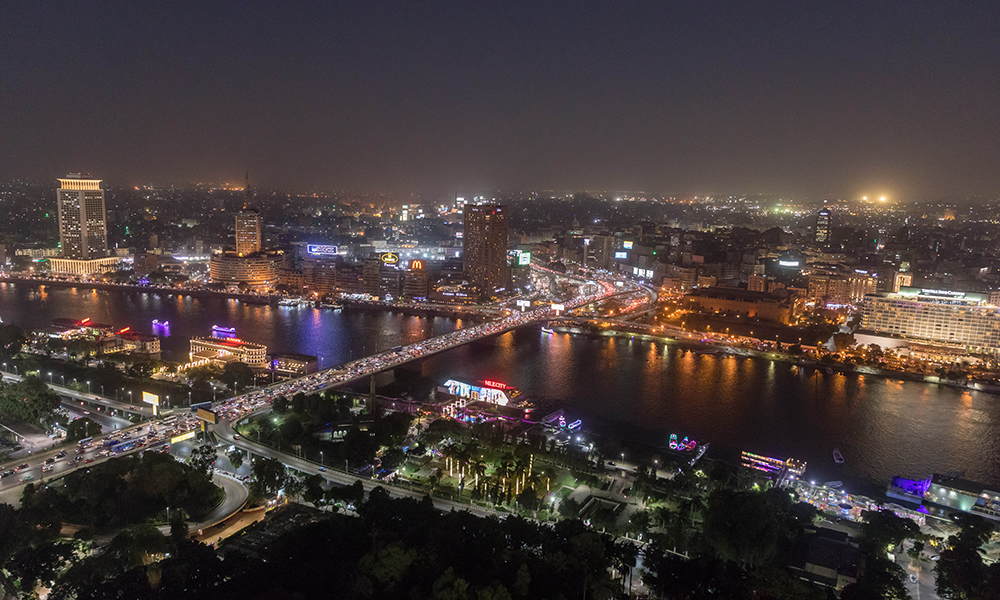
Another climate change champion marked this COP26 by proposing to host the 2022 COP 27 in the city of Sharm El Sheikh. Egypt has issued a booklet of preparations until the title “Road to COP 27: a United Africa for a Resilient Future”, that provides clear policies to concord urgent development goals with environmental sustainability to increase green investments to 50% out of total government investment by 2024. The upcoming COP27 will build upon the previous success of the African continent priorities and initiatives to attract both the technical and financial support it needs to secure clean energy for achieving the UN sustainable development goals.
Among Africa’s most valuable assets and strengths is its youth who form up to 60% of the continent’s population. During COP26, The African Development Bank launched an annual competition named The Youth Adaptation Solutions (YouthADAPT) aiming to reinforce growth, increase investment and economic opportunities for youth and women by granting them up to $ 100 000 to participate in a 12-month business accelerator program to help provide climate adaptation and resilience solutions in different economic sectors affected by climate change. Among those sectors are renewables, education, and technology as a key solution for addressing climate adaptation. Siemens Gamesa also realizes the importance of leveraging the youth to combat poverty, and protect the environment too, which encouraged the company to launch its global reforestation plan that aims to plan over 50,000 trees in all countries where Siemens Gamesa operates, including Morocco and South Africa, to extract over 1 million Kg of CO2 out of the atmosphere. This initiative aims to combat poverty and help meet the UN 2030 agenda goals.
Just as Rome was not built in a day, climate change tenets cannot be actualized without concrete resolutions involving real, strict, and concrete actions. Siemens Gamesa keeps building its purposeful passion with a determined mindset to maintain a sustainable impact through its projects in Africa and elsewhere.
With installations totaling 4 GW in countries such as Egypt, South Africa, Morocco, Kenya, Mauritania, Mauritius Islands, Tunisia, and Algeria representing 53% of all wind power on the continent, we are determined to continue driving Africa’s energy transition to deliver cleaner, more reliable, more affordable energy for millions of African people and support long term sustainability and economic growth.
Just as Rome was not built in a day, climate change tenets cannot be actualized without concrete resolutions involving real, strict, and concrete actions. Siemens Gamesa keeps building its purposeful passion with a determined mindset to maintain a sustainable impact through its projects in Africa and elsewhere.
With installations totaling 4 GW in countries such as Egypt, South Africa, Morocco, Kenya, Mauritania, Mauritius Islands, Tunisia, and Algeria representing 53% of all wind power on the continent, we are determined to continue driving Africa’s energy transition to deliver cleaner, more reliable, more affordable energy for millions of African people and support long term sustainability and economic growth.



